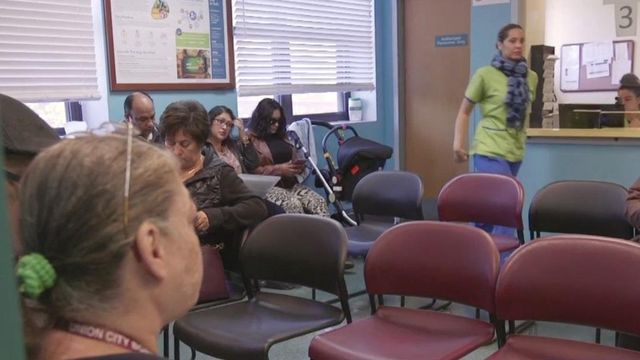Packed waiting rooms send some patients searching for health care
Waiting rooms in recent weeks have been packed with patients, many of whom have been unable to get in to see a physician. \
Posted — UpdatedNew statistics show that the average wait time for a new patient to see a family physician is 29 days, a big jump from 2014, when the wait was 19 days.
Experts say part of the problem is a shortage of primary care physicians in the U.S. compared to other developed nations, and patients are feeling the crunch.
It's seen "both in terms of the wait time to see a doctor – the wait time in the waiting room – and then sometimes feeling like the doctor is distracted and overworked in the office," said Lauren Friedman, the health editor at Consumer Reports.
Many physicians are now taking a team approach to help manage the health care overload.
"We have MDs, DOs, osteopathic doctors, RNs, nurse practitioners and PAs," said Dr. Steven Meixler. "And we all work together as teams."
Many health care professionals say that approach will produce greater access to care. Since primary care doctors are swamped, especially during a busy flu season, a patient willing to see a PA, or physician assistant, or an NP, known as a nurse practitioner, can receive treatment sooner.
Even though they don't have as much training, Consumer Reports says, in many cases, it's fine to see an NP or PA for routine matters. But there are circumstances when you might need a physician.
"Those would be complex problems where you're not seeing a resolution (or) where treatment isn't working," Friedman said, "or where the diagnosis is very different or mysterious."
Patients should expect to encounter more of this team-based approach because more than 60 percent of physicians now work alongside advanced practice providers. Experts warn, however, that patients who might receive services from an array of health care providers should check with their insurance company that all of the professionals in that practice are in-network and their services are all covered.
Related Topics
• Credits
Copyright 2024 by Capitol Broadcasting Company. All rights reserved. This material may not be published, broadcast, rewritten or redistributed.





